
What are Portable/Handheld Radios?
There are four types of two way radios: portable, mobile, desktop base station, and repeater.
• Mobile radios are used in a car or truck and they use the vehicle's power. They will achieve better range by using an externally mounted antenna on the vehicle.
• Desktop base station radios are placed on a desk or counter. They use mains power and can be connected to a cable that leads to an externally mounted antenna.
• Repeaters can extend the range of radio by boosting the signal where the repeater is located so the signal may continue traveling. They amplify the received/input signal to a higher frequency domain so that it is reusable, scalable, and available.
•Portable radios are handheld radio transmitter/receiver devices, which means that you can take them with you anywhere you go. They can send and receive radio messages. Portable radios can be used for every scenario, whether for communication in the business environment, for usage in tunnels and mines, or for reliable communication for the police or fire service.
Types of Portable/Handheld Radios

Analog Portable Radios
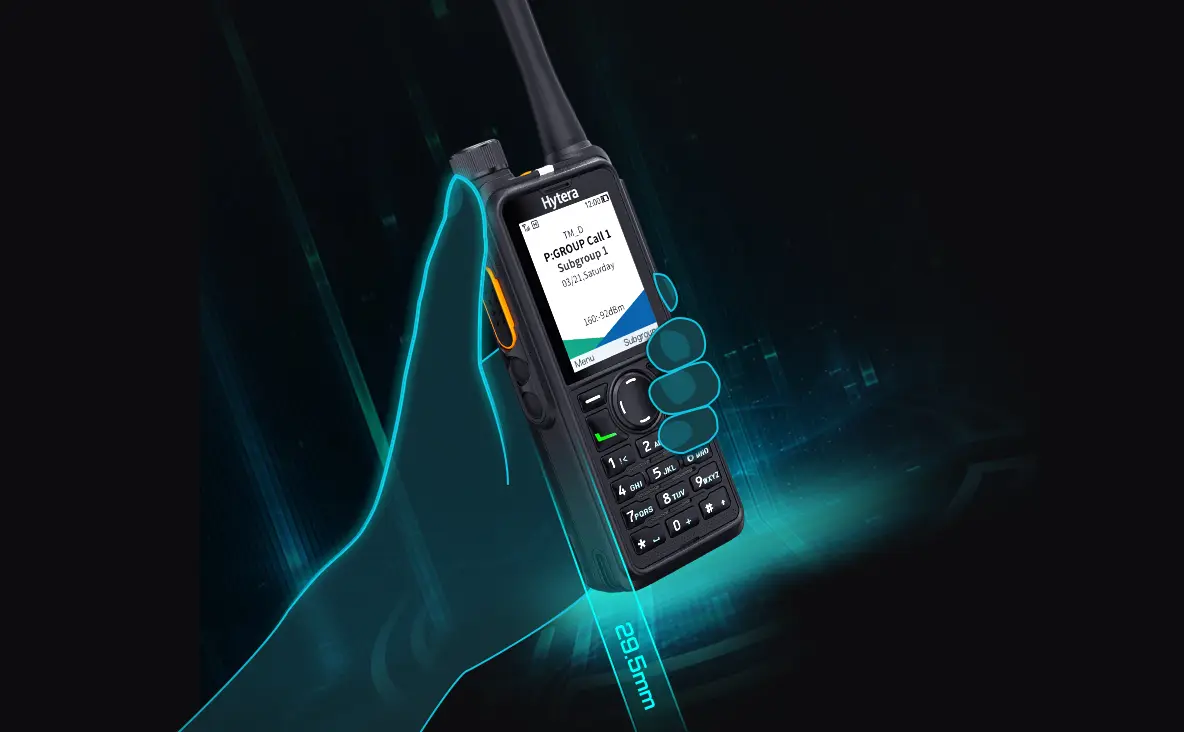
Digital Handheld Radios
Digital handheld radios convert the audio to digital information then compress the digital information and transmit it in pieces. Digital radios can improve the quality of voice. Because digital radio receivers have built-in technology that cleans and filters transmissions, the reception is more resistant to interference and can be used in a wider range of signal environments, and can achieve better voice and audio quality, with fewer received audio noises but clearer voice. Another side, digital radios can provide better data processing and interface functions to achieve perfect and convenient voice and data service integration.
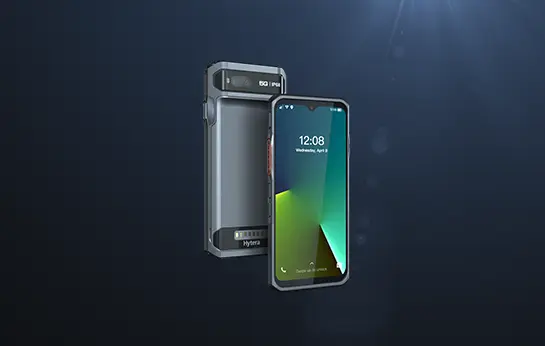
Push-to-Talk Over Cellular (PoC) Radios
The Push-to-Talk Over Cellular (PoC) radio is a two-way radio that uses the existing public network for communication. PoC radio system is favorable for group users because it eliminates the distance restriction of traditional Land Mobile Radio (LMR) devices. Due to its wide coverage and low cost, it can be rapidly deployed in batches to meet your needs of emergency response and improve work efficiency for your organization.
What are the Basic Components of Portable Radios
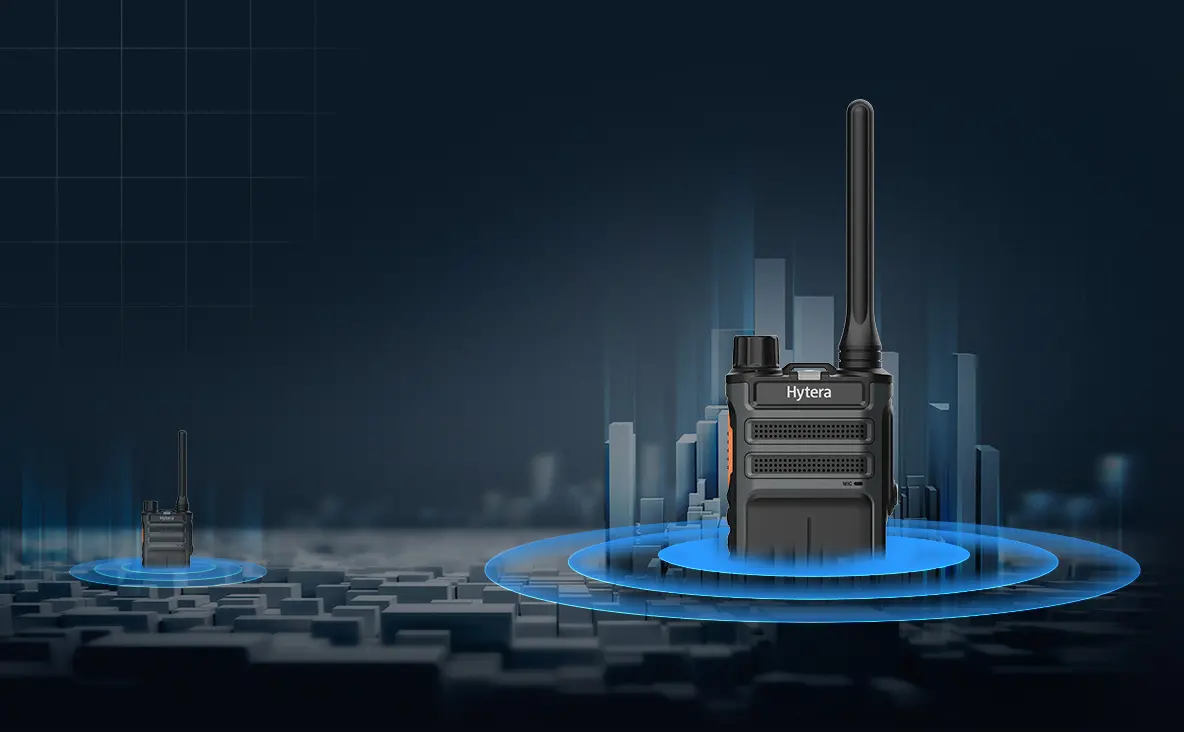
Main Unit
A portable two-way radio main unit generally consists of PCB components from the inside and radio housing from the outside. PCB is the core electronic part of the radio unit while the housing is often featured with an external antenna, volume/switch button, and indicator light normally located at the top.
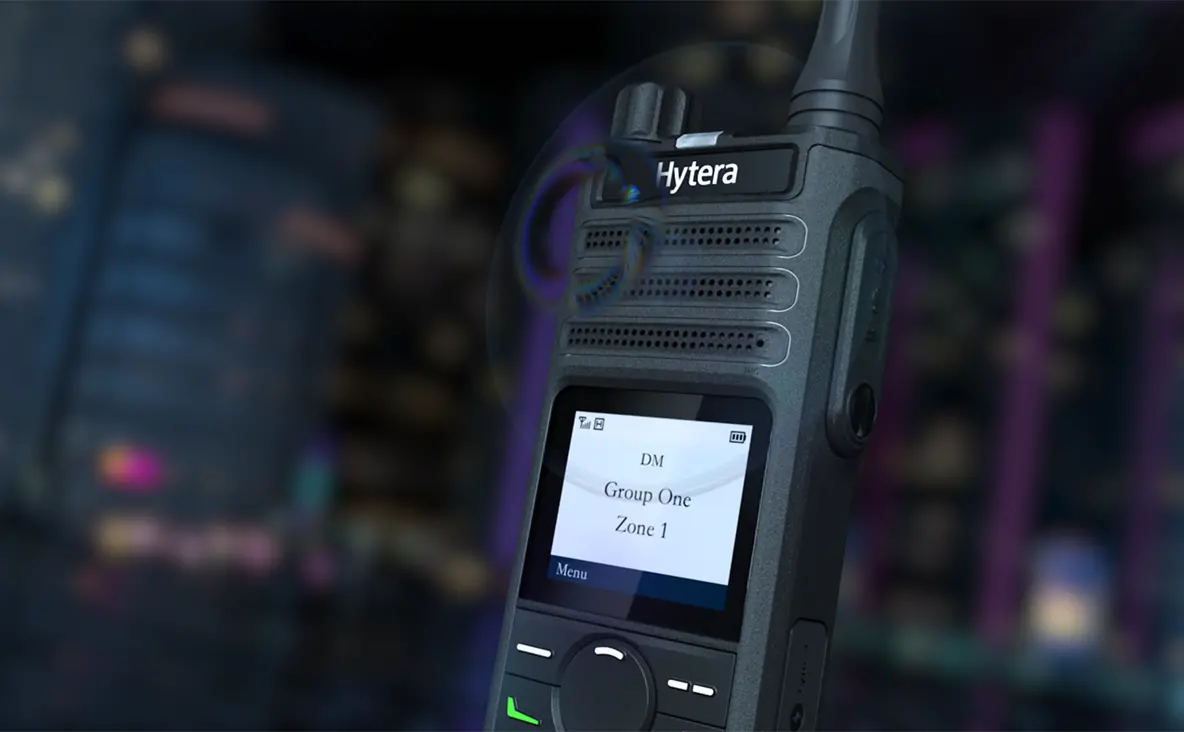
Speaker and Microphone
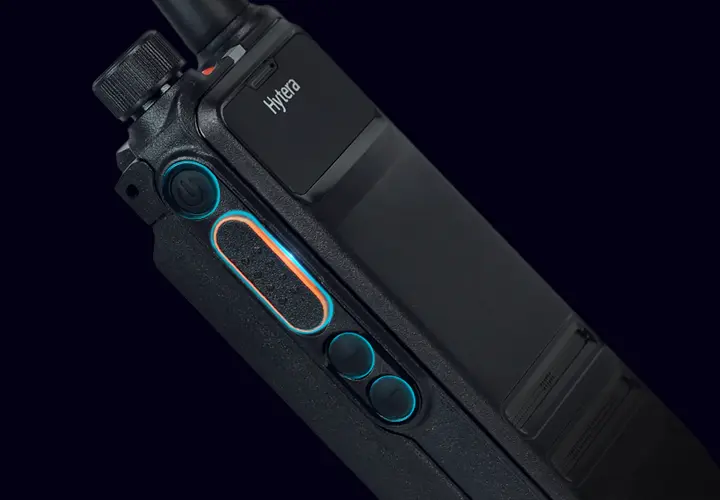
PTT Button
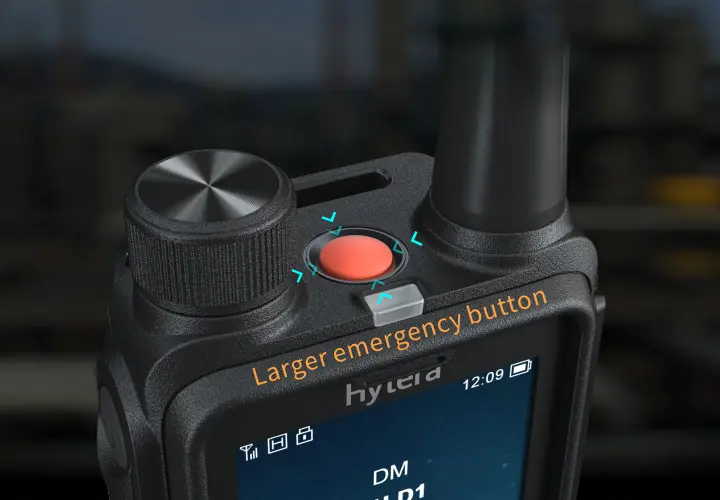
Emergency Alert Button
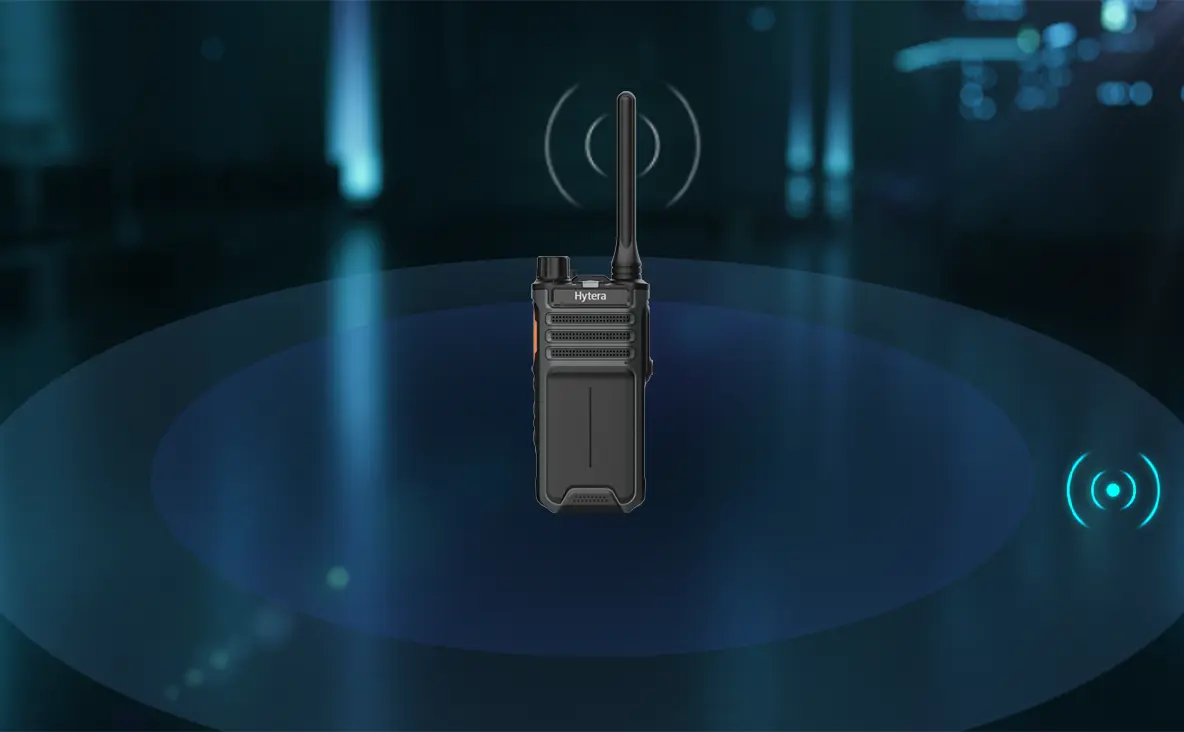
Antenna
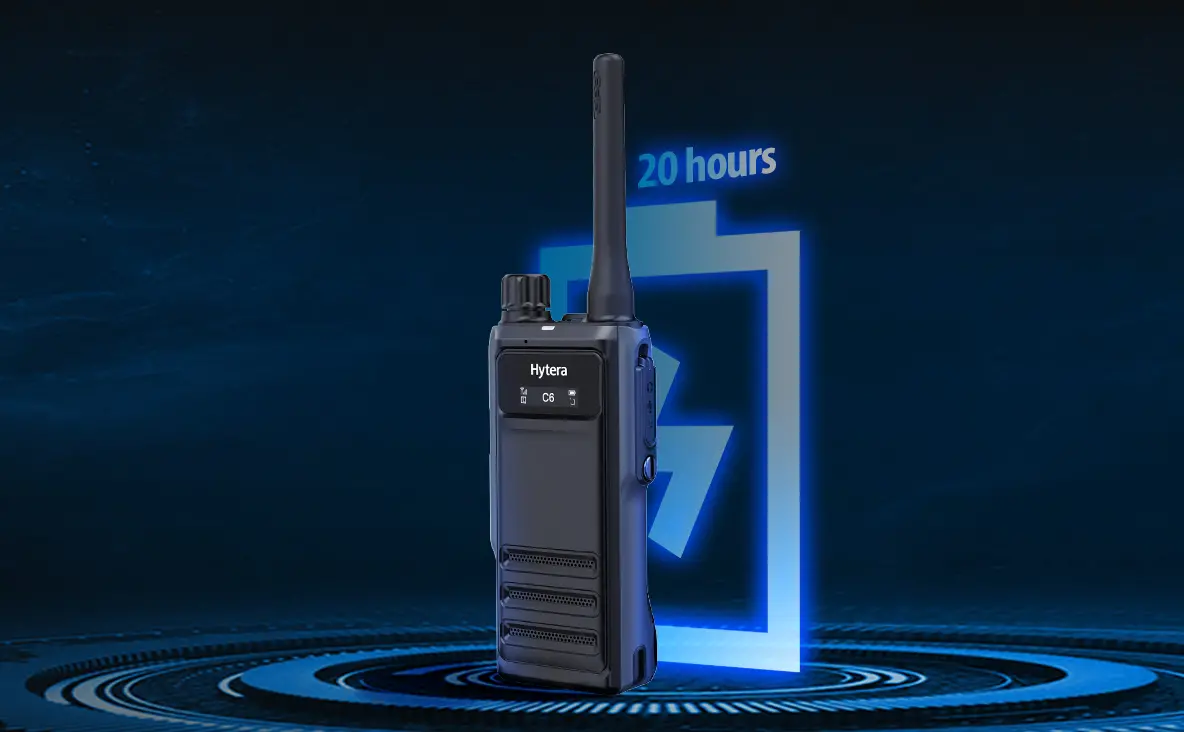
Battery
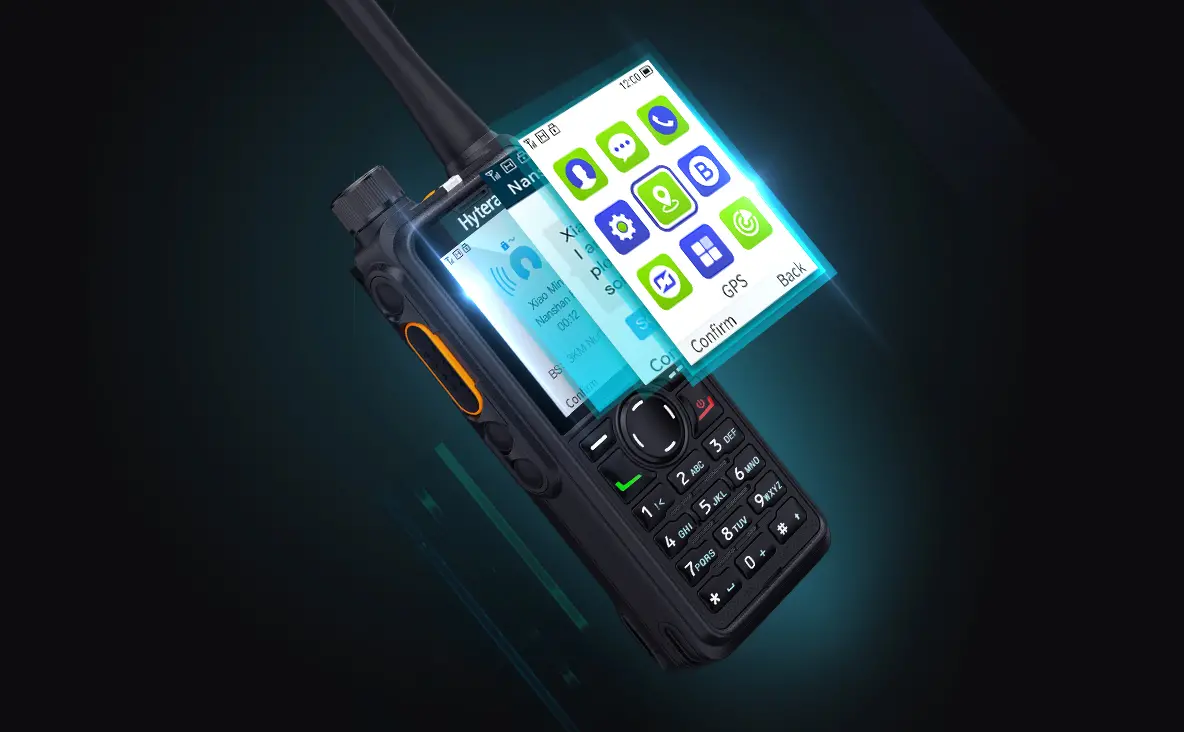
Display
Hytera Portable & Handheld Radios Series
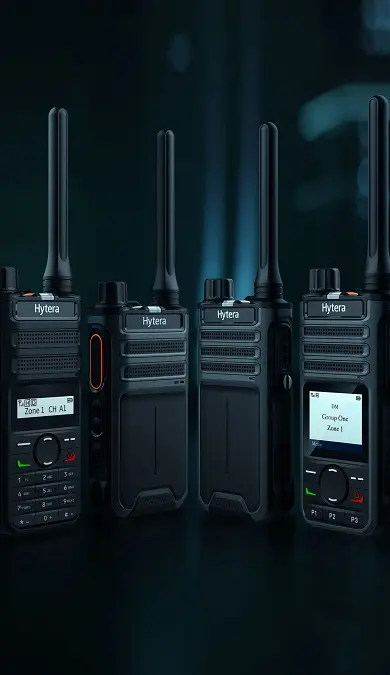
Hytera AP/BP Series
Hytera AP/BP Series
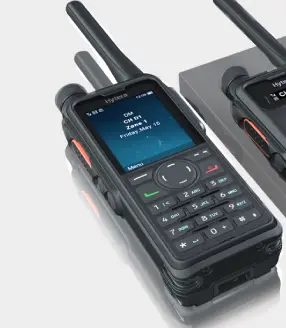
Hytera H Series
Hytera H Series
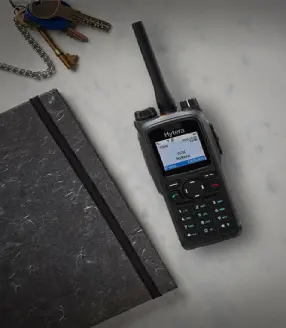
Hytera TETRA Radios
Hytera TETRA Radios
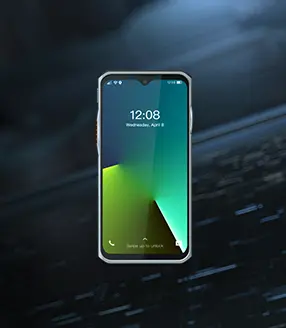
PoC Radios
PoC Radios



